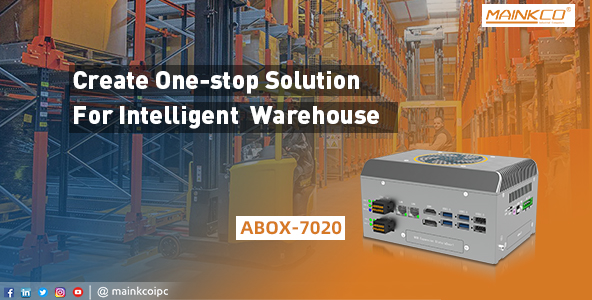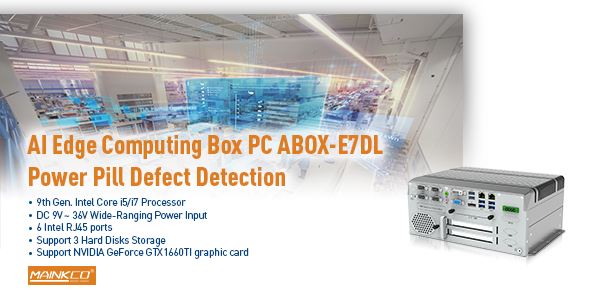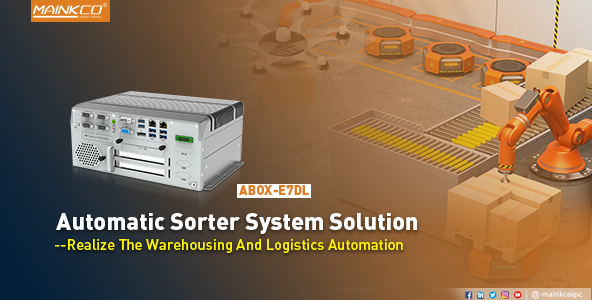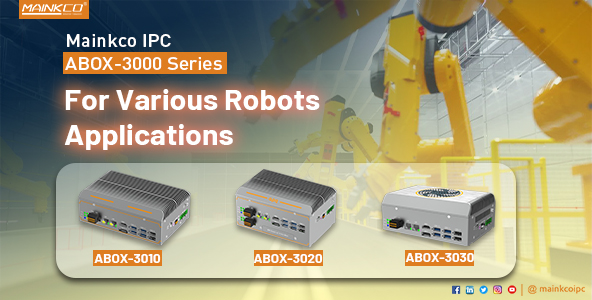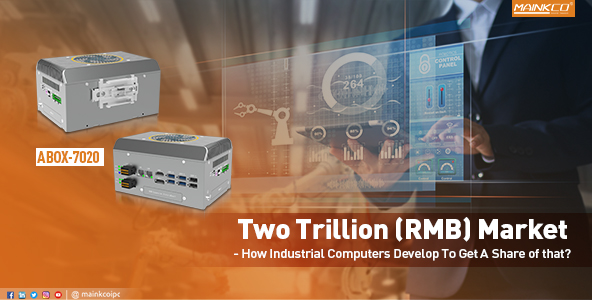Background:
The emergence of forklift, let people bid farewell to the heavy original human handling, forklifts are mainly used for mechanized loading and unloading, stacking and short-distance transportation and widely used in the global factories, warehouses, ports, stations and other industrial, logistics and other industries. In recent years, the global forklift truck market scale has been on the rise.
In 2021, the global sales volume of forklifts reached a record 2.34 million, with a year-on-year increase of 47.89%. Among them, the sales volume of forklifts in China reached 1.1 million, with a year-on-year growth of 37.4%, becoming the world’s largest forklift producer and consumer market.
How they work:
The working principle of electric forklift is similar to AGV (mobile robot). Relying on the ground guidance system and on-board control system, the control system is embedded in the forklift and is responsible for the navigation, path selection, vehicle drive, loading and unloading operation, automatic charging, etc.
Electric forklift trucks need to maintain the working performance of high safety, high intensity and low energy consumption. Therefore, in order to realize high sensitivity and accurate perception and control, adapt to various high and low temperature application scenarios and have low power consumption operation mode, high requirements are put forward for the electric forklift control system.
At present, the storage industry basically adopts the embedded computer that can adapt to the above harsh environment, and connects with the HD camera, PLC controller, 4G / 5G communication interface and CAN port card inside the forklift truck to realize the intelligent control of the on-board control system.
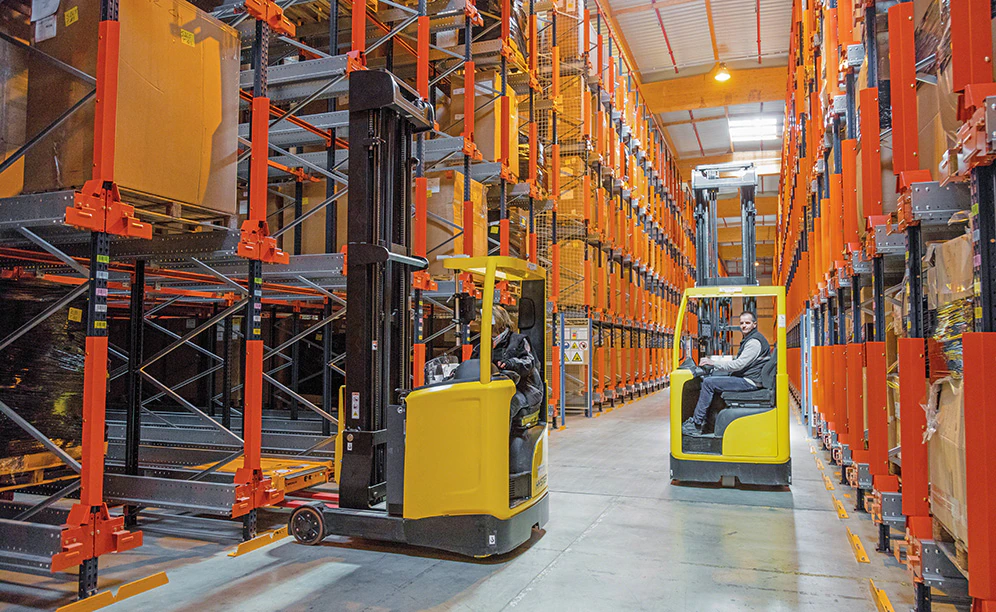
Overall solution for electric forklift truck:
The customer in the case is a well-known domestic warehousing and handling equipment manufacturer. Based on the years of industry exploration, practice and application summary, MAINKCO has developed a software and hardware integration solution based on the industrial low-speed robot industry suite for its customers in this industry. Due to the complex operating environment of the industry, it is necessary to provide navigation, identification and control AI capabilities, and at the same time, it is necessary to provide comprehensive operation and protection capabilities.
Core needs:
- Low power consumption, high computing power, high integration, AI acceleration capability support, multi-machine position, multi-vision camera access requirements, SLAM navigation computing power requirements;
- Complex terrain, movement scene, high temperature and high humidity environment reliability requirements, small volume, harsh heat dissipation conditions and electromagnetic index requirements;
- Collection and monitoring of interface validity, component working condition, environmental data, and sensing equipment status data;
- Remote management of equipment, OTA remote upgrade, abnormal fault handling, unattended hardware, software, virus protection capability;
MAINKCO ABOX-7020:
ABOX series includes the basic ABOX-3010, ABOX-3020 and high version ABOX-7010, ABOX-7020, the series is specially designed with strong anti-interference ability, can be used in vibration, electromagnetic radiation and other harsh industrial environments. At the same time, the appearance of compact structure, compact volume, which can run general operating systems, such as Windows, Linux, can fully meet the special requirements and configuration requirements in the field of intelligent storage.
- Intel 6~12th-U low power consumption / -S desktop platform processor;
- Intel double Gigabit network, support for giant frames;
- 5G / 4G / WIFI / GPS function extension support;
- NVMe extension support;
- MXM module extension support;
- A Door module extension support;
- 12~24V DC power supply;
- Die aluminum alloy high strength fuselage;
- Support desktop type, wall-mounted type, guide rail type installation;
-1024x213.jpg)
The end:
In recent years, China’s demographic dividend is gradually disappearing, and labor costs are rising. With the aggravation of the aging phenomenon, labor-intensive industries such as enterprise warehousing, express delivery, logistics and e-commerce will be deeply affected. Increasing the proportion of automation and intelligent applications will become the key to solve this dilemma.
